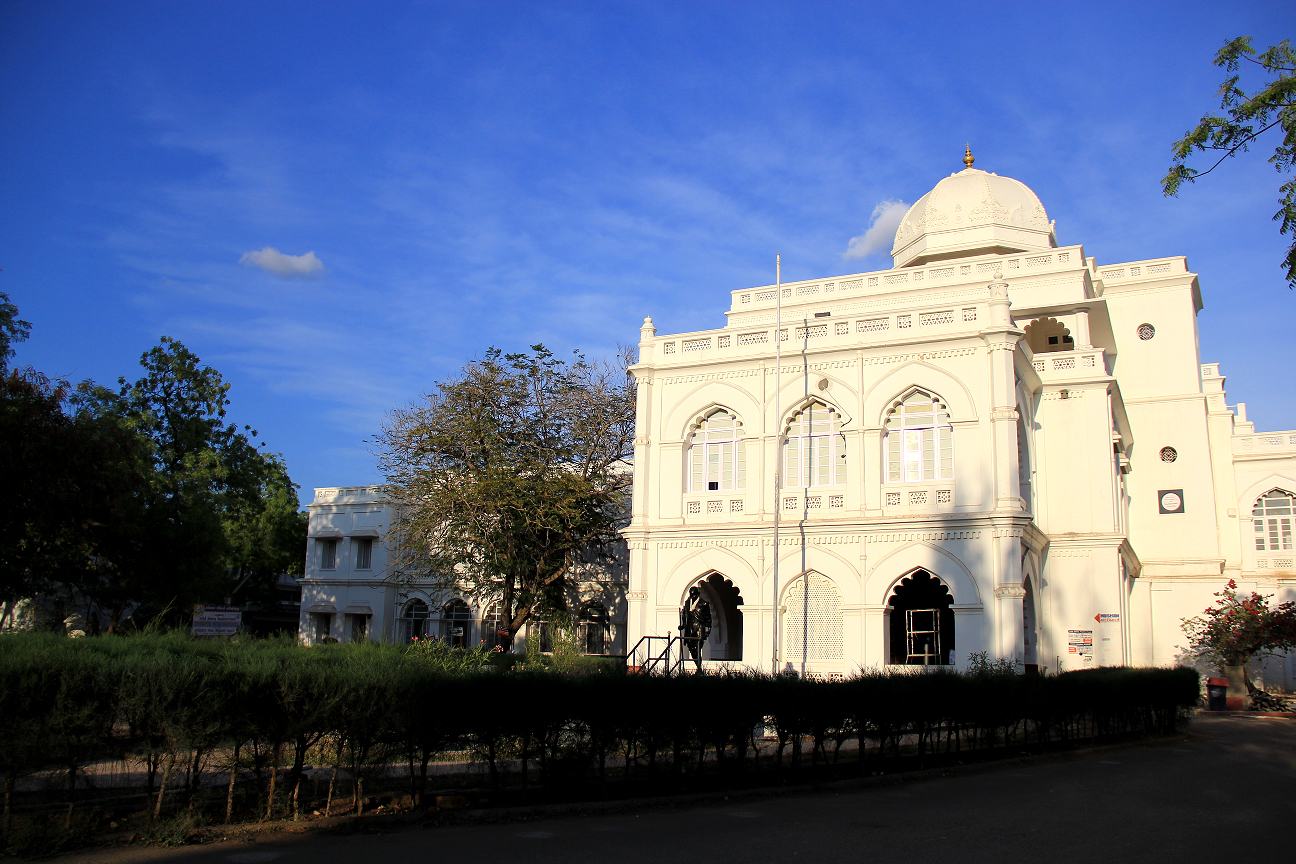The Pamban Bridge stands as a remarkable testament to human engineering and cultural resilience, bridging not just land and sea, but also connecting historical narratives of technological innovation and regional significance. Constructed during the British colonial period between 1911 and 1914, this extraordinary infrastructure project represented a complex engineering challenge that demanded unprecedented ingenuity and determination.
British engineer Robert Melville Grimson's visionary design emerged as a solution to the challenging maritime environment, creating a cantilever bridge with a unique central lifting span capable of accommodating maritime traffic. Stretching an impressive 6,776 feet and comprising 145 distinct spans, the bridge represented a critical transportation link between mainland India and the sacred island of Rameswaram.
The bridge's historical significance extends far beyond its structural achievements. It played a pivotal role in facilitating trade and pilgrimage, connecting regions and enabling the famous "Boat Mail" service that linked India and Sri Lanka. Its strategic importance was particularly evident during the periods of intense maritime commercial activity between the 1600s and 1800s.
A defining moment in the bridge's history occurred during the devastating cyclone of 1964, which completely destroyed its central portion. This traumatic event, however, became a powerful narrative of reconstruction and resilience. The bridge was meticulously rebuilt, demonstrating not just engineering prowess but also the community's unwavering spirit and commitment to maintaining this crucial infrastructure.
The bridge's cultural importance is intrinsically linked to Rameswaram's spiritual landscape. Located near the revered Ramanathaswamy Temple, one of the Char Dhams associated with Lord Vishnu, the bridge carries profound religious and cultural symbolism. Its proximity to this sacred site enhances its significance beyond mere physical infrastructure.
In recent years, the Pamban Bridge faced significant challenges due to corrosion, which ultimately led to the suspension of rail transportation in December 2022. However, this setback prompted the construction of a modern, more resilient bridge adjacent to the original, ensuring continued connectivity and reflecting ongoing technological advancement.
The bridge has also gained contemporary cultural recognition, featuring in popular media like the Bollywood film "Chennai Express," which has further elevated its status as a tourist attraction. Visitors are drawn not just by its engineering marvel but by the breathtaking panoramic views of the sea and surrounding landscape.
Today, the Pamban Bridge stands as more than an architectural achievement—it is a living narrative of human perseverance, technological innovation, and cultural connectivity. Its story continues to inspire, representing the intricate relationship between infrastructure, human aspiration, and the natural environment.






